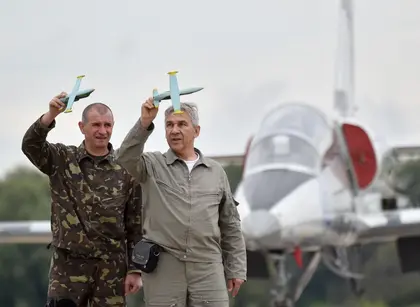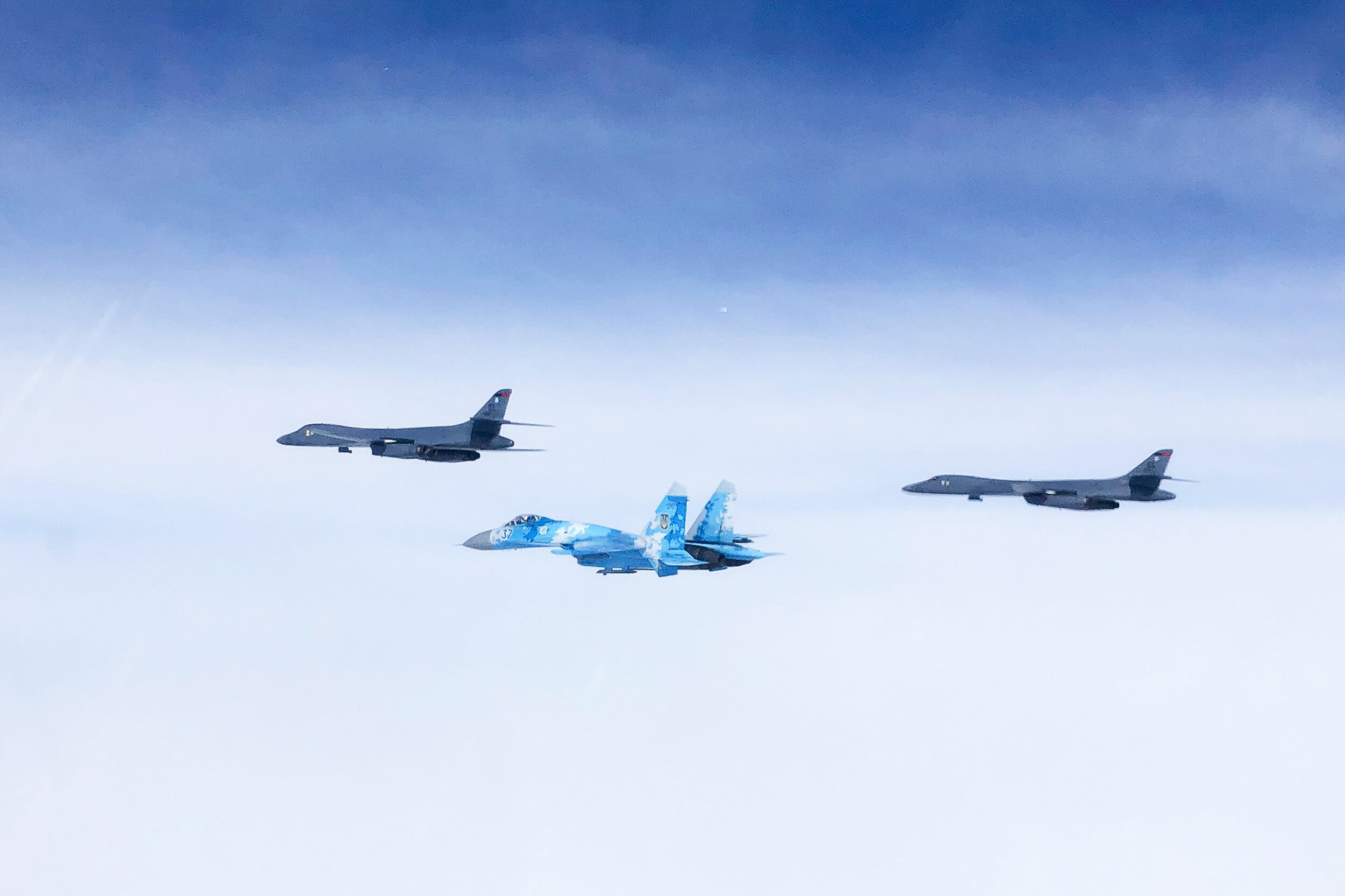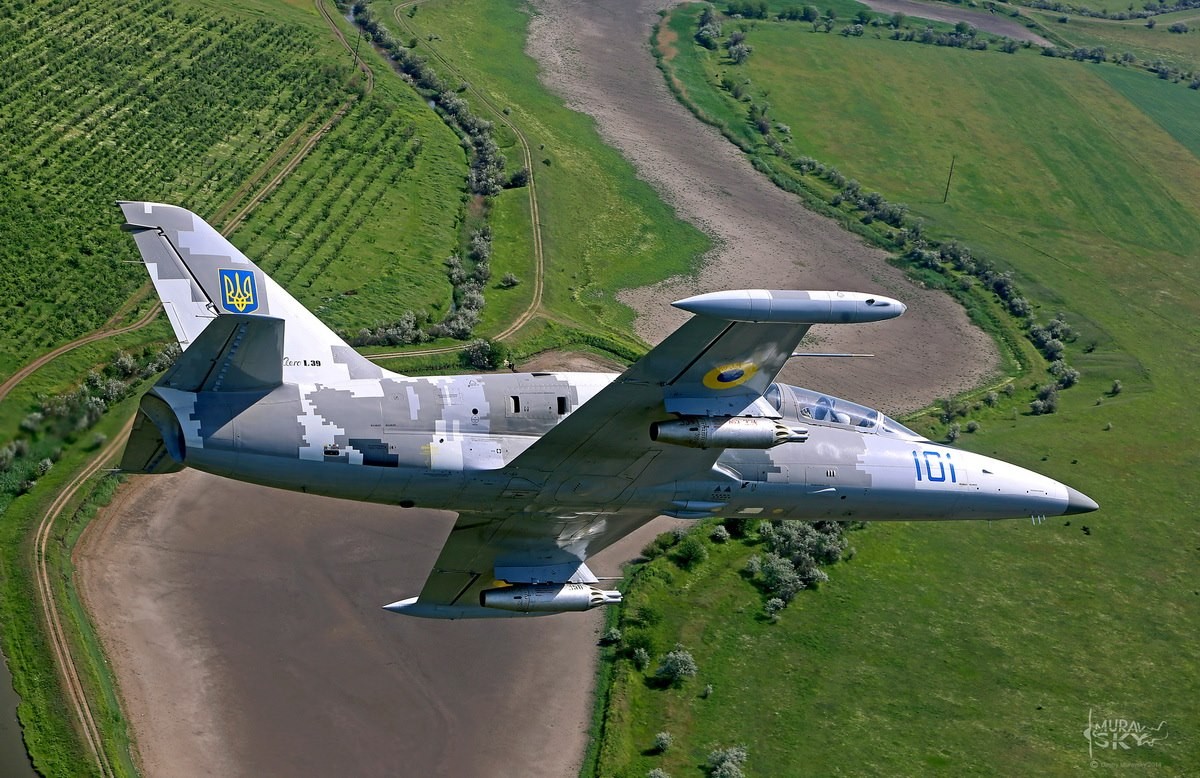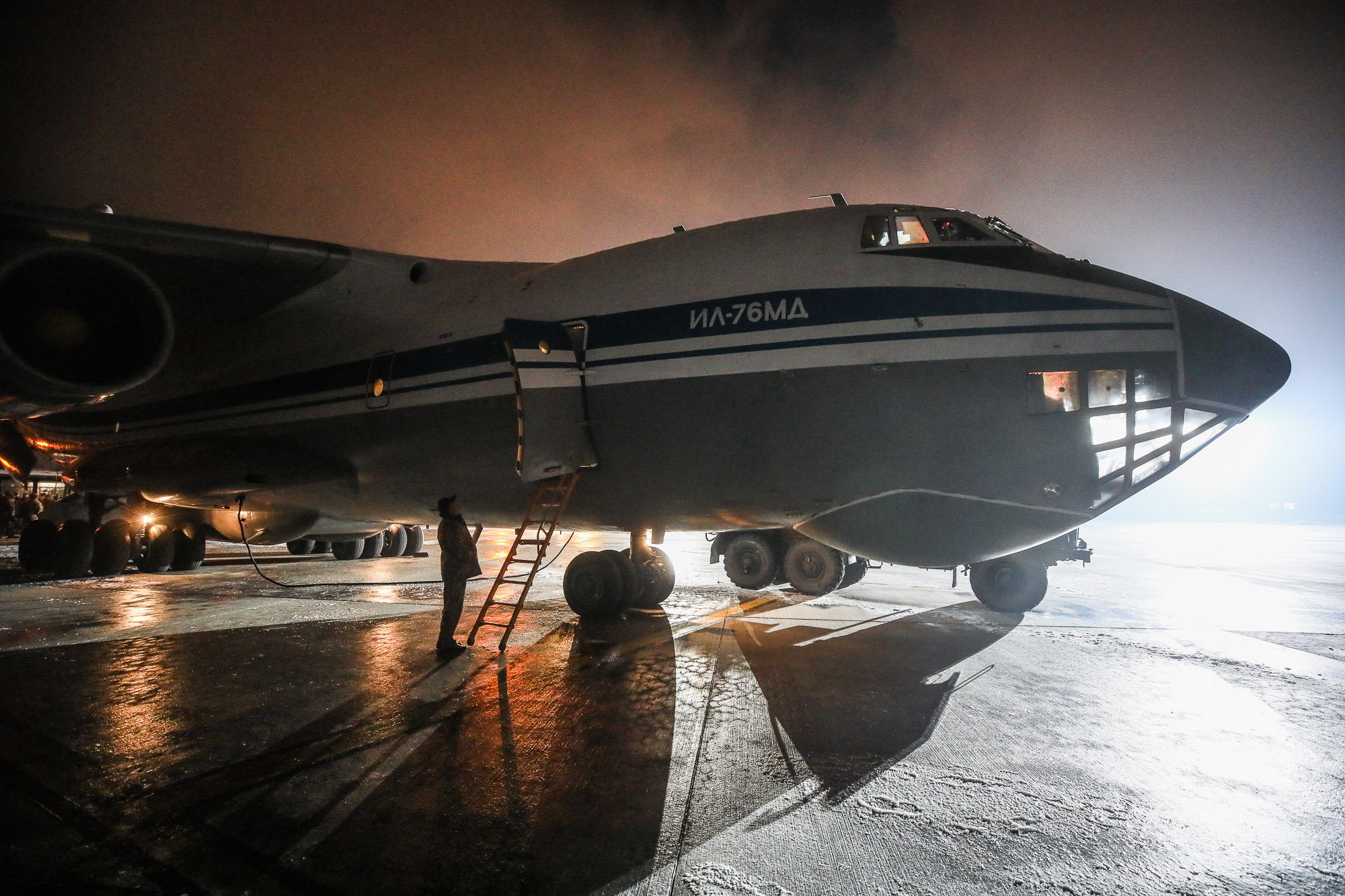Captain Vadym Voroshylov used to be a fighter pilot with Ukraine’s 204th Tactical Aviation Brigade based in Lutsk, a city of 200,000 450 kilometers northwest from Kyiv.
By his mid‑20s, he had already served as the brigade’s chief flight security officer.
He had an Instagram page full of breathtaking pictures of him in full gear, cutting through the skies in a Mikoyan MiG‑29 jet. His YouTube channel tells a romantic Top Gun-style story of a young daring falcon.
But that was just a beautiful screen disguising the living hell Voroshylov was in most of the time on the ground.
He was swamped with paperwork. Between flights, he had to maintain nearly 50 various logs, registers, folders, and forms. Due to endless tours of duty, he wouldn’t see his young wife eight or 10 months out of the year.
The senior pilot was paid less than $1,000 a month, the amount that a junior-level IT professional can earn in Kyiv.
Yet, he held on to the job he loved.
Until one day in September, when a military Antonov An‑26 aircraft crashed near the airfield of Chuhuiv, killing 26 people on board, mostly young cadets. An inquiry revealed an engine failure — but also blamed the pilot responsible.
“They always blame the pilot,” Voroshylov said.
“No matter if it was the human factor or a technical malfunction.”
When he saw the report about the crash blaming the pilot, Voroshylov realized: He’d had enough of this system. As soon as his five-year contract expired in 2021, he left, just two weeks before his scheduled promotion to a major.
He was one of many. More and more military pilots and other personnel leave Ukraine’s Air Forces every year. They say they are tired of senseless bureaucracy, low wages, and impossible service conditions.
Recently, even the Air Forces command had to admit it and call for solutions.
Nonetheless, nothing has changed. So jet pilots, who are among the most valuable military personnel, keep leaving for a better life, in bitter regret.
Meanwhile, Ukraine’s military air fleet is nearing the end of its lifespan, threatening to leave the Ukrainian skies defenseless to Russia.
Wings losing hope
Combat pilots are the most expensive personnel to train.
In Ukraine, upon various estimates, training a high-class pilot costs anywhere between Hr 150 million and Hr 320 million ($5.6 — $12 million) and takes between eight and 10 years.
According to the command, nearly 140 people, among them pilots, have left the Armed Forces over the last two years. More than 40 are going to leave in 2021 alone.
On July 20, the Air Force command admitted the mass resignation of five young highly-skilled fighter pilots, who had graduated from the Kharkiv flight academy in 2016 and had served their first five-year contracts.
One of them was Captain Voroshylov.
“Of course, this is a serious challenge to the Air Force’s tactical wing,” the command said. “And if this tendency continues, this will quickly lead to a serious decline in the fighter force’s combat readiness.”
The command admitted a lot of reasons why aviators leave, with the most serious being hard workload, excessive paperwork, low salaries, and social security, as well as an increasingly obsolete aircraft fleet.
The issue is hardly breaking news. In 2019, the Verkhovna Rada passed a law extending the mandatory term of service for Air Force flight school graduates from five to 10 years.
In a bid to keep young pilots, the country’s leadership chose the most primitive method of coercion — which didn’t help anyway.
Now, the Air Force says it is working to keep its personnel in ranks and announced new “legal initiatives” and amendments in flight mission and training regulations “in the nearest time.”
According to a Kyiv Post source, the first emergency measures include bringing the Force pilots salaries (that are currently Hr 19,000 and Hr 24,000) up to the amounts given to their National Guard counterparts getting at least Hr 32,000 a month.
Mayhem and flashiness
Nonetheless, as many pilots told the Kyiv Post, low payments are not the ultimate reason they leave the ranks.
Far more demotivating is the obsolete, often absurd flight regulations engrained in the Air Force around since the Soviet era.
“The system is ineffective,” says another high-classed fighter pilot who recently resigned from the Air Force. He asked not to reveal his identity due to concerns over his future career in aviation.
“You just don’t feel like doing the right thing and serving the nation. All the flight training, all the air defense missions, they all focused on formalities rather than real, tangible results.”
In many ways, this comes from the Authority for Regulation Activities of State Aviation of Ukraine, whose instructions bear a legal status regular pilots and even generals can do nothing to change.
This excessive bureaucratic body dictates its rules to the country’s aviation, the pilot said.
“Upon that, the command also makes things worse,” he continued.
“We end up having all this paperwork, all those endless logbooks, and so on. It’s all about tokenism regarding the condition of our hardware. We say that it’s all fine, but in reality, many things simply don’t work. The low quality of repairs and modernization works at factories.”
Very often, the conservative bureaucracy prevents pilots from introducing new practices learned from their Western colleagues during joint maneuvers like famous Ukrainian-American military exercises Clear Sky.
At the end of the day, smoke screens and the fear of change are killing the Air Force, the pilot said.
Voroshylov agrees. In the military, as a ranking pilot, he had just between 35 and 80 flight hours a year. This feels like nothing compared to the NATO requirement for pilots to have at least 180 hours a year, including 40 hours at a simulator.
Ukrainian jets now have more than enough fuel, he says, but then again — it is the absurd regulations that often prevent pilots from having more hours in the air.
“To meet the standard, we need to fly five days a week,” he says.
“But our instructions would not let us. We spend a day on flight preparation. In NATO militaries, a pre-flight briefing takes 10 minutes.”
Few ways to go
On top of that, Ukraine’s military air fleet is rapidly aging.
According to Military Balance 2021, Ukraine currently operates nearly 125 combat-capable aircraft, including 4th generation fighter workhorses Sukhoi Su‑27 and Mikoyan MiG‑29.
The newest fighter jet in the Ukrainian army was built 30 years ago.
The Air Force command admits that it would have to write off all of its old Soviet aircraft in the next 10 years. And that all fleet must be replaced with new machines through the 2030s. Otherwise, Ukraine will lose its airpower.
Despite years of discussions, Ukraine’s leadership is not even close to striking any contracts to purchase any new aircraft, except for three Antonov An‑178 transporters that are being built in Kyiv.
As part of its wish list, the Air Force mentioned U.S.-produced General Dynamics F‑16 Fighting Falcon jets.
Money is going to be an issue: According to open source data, acquiring just one F‑16 plane may cost a total of $150 million.
The entire Air Force budget for 2021 is just Hr 1.35 billion ($48 million).
Discharged pilots like Voroshylov would love to master more advanced multirole fighters like the latest F‑16s or Lockheed Martin F‑35s.
Many of them wish to get back to the Air Force when at least the most critical issues are solved.
But for now, Voroshylov is looking for a job in commercial aviation. He would have to pay some $20,000 to learn to fly Boeing and Airbus.
He now lives in Kremenchuk, some 280 kilometers southeast of Kyiv. Sometimes, he sees fighter jets taking off from a nearby airfield.
“One day, I saw them rehearsing their flight for the upcoming Independence Day parade,” the pilot says.
“I almost cried.”
You can also highlight the text and press Ctrl + Enter










